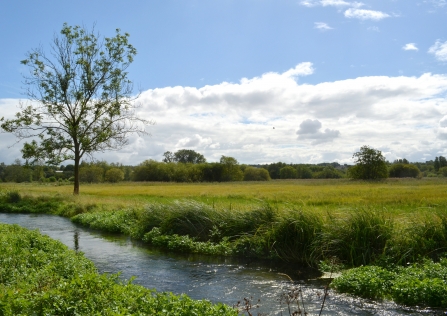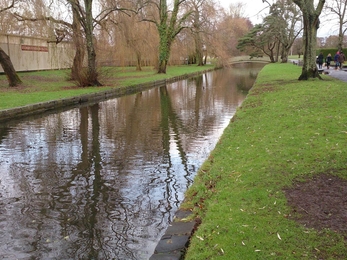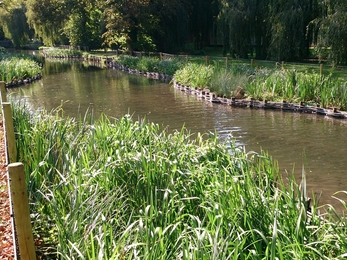Communities and businesses have suffered greatly while the cost to people’s lives and the UK taxpayer is enormous. Just as before, recent media coverage, centred on a blame game between climate change, flood defence investment, dredging and so on - but the majority of commentators ignored the ‘elephant in the room’; land management.
The reality is that decades of disjointed land use planning, unsustainable agricultural practice and continued modification of our river catchments are exacerbating the effects of climate change.
We have removed the ability of our floodplains to contain and regulate the impacts of flood peaks while in parallel attempting to engineer a future-proof system facilitating more and more development and intensive agriculture, often in the wrong place and at great expense to the taxpayer.




